Restoring Mercedes S-Class Structure: Precision Collision Repair Techs
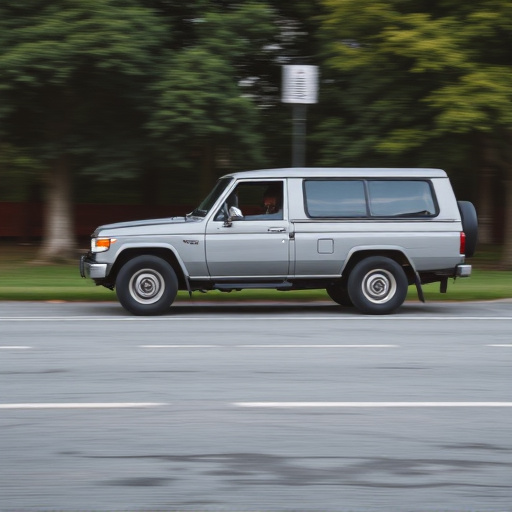
Mercedes S-Class collision repair demands meticulous precision and advanced technology to preserve s…….
Welcome to an exhaustive exploration of the world of Mercedes S-Class collision repair—a specialized field that plays a pivotal role in the automotive industry, particularly for one of the most prestigious vehicle brands globally, Mercedes-Benz. This article aims to dissect and demystify the intricacies of this process, shedding light on its historical evolution, global impact, economic significance, technological innovations, regulatory landscape, challenges, and future prospects. By delving into these aspects, we will provide an insightful guide for both professionals in the field and enthusiasts curious about the art and science behind repairing one of the automotive world’s icons.
Definition: Mercedes S-Class collision repair refers to the specialized technique of restoring and rejuvenating damaged Mercedes-Benz S-Class vehicles, ensuring they return to their original state in terms of safety, aesthetics, and performance. This process involves a meticulous series of steps, from initial assessment to final reconditioning, requiring a high level of skill, precision, and adherence to manufacturer standards.
Core Components: The heart of Mercedes S-Class collision repair lies in several key elements:
Assessments and Diagnostics: Skilled technicians begin by meticulously inspecting the damaged vehicle, utilizing advanced diagnostic tools to pinpoint the extent of the harm. This includes structural analysis, electronic system checks, and identifying components that may require replacement.
Bodywork Restoration: This involves repairing or replacing dented panels, straightening bent metal, and ensuring precise alignment. Modern collision repair centers employ robotic welding systems and computer-aided measurement tools to achieve factory-like precision.
Paintwork Reconditioning: Restoring the vehicle’s exterior finish is an art. Technicians use specialized paints and techniques to match the S-Class’ iconic color accurately, ensuring a seamless blend with the original body panels.
Electronic and Electrical Systems Integration: The modern Mercedes S-Class is packed with advanced electronics. Repairs include reconditioning or replacing damaged components like sensors, control units, and wiring harnesses while ensuring the integrity of the vehicle’s sophisticated network.
Safety System Calibration: Given the S-Class’ reputation for luxury and safety, recalibrating airbag systems, braking modules, and active safety features is crucial to ensure their optimal performance after repair.
Historical Context: The Mercedes S-Class has long been a symbol of automotive excellence, with its first iteration dating back to 1972. Over the decades, it has evolved into a flagship sedan renowned for its luxurious interiors, cutting-edge technology, and unparalleled safety features. As the demand for these iconic vehicles grew, so did the need for specialized collision repair services tailored to their unique requirements. This led to the development of advanced techniques and tools to meet the high standards associated with S-Class repairs.
Mercedes S-Class collision repair transcends borders, shaping the automotive industry globally through several key trends and influences:
Globalization of Parts Supply: The international distribution network for Mercedes parts ensures that genuine components are readily available worldwide, facilitating efficient collision repairs across different regions.
Standardization vs. Local Adaptation: While global standards exist for S-Class repair, local regulations and cultural preferences sometimes lead to adaptations in repair procedures. For instance, severe weather conditions in certain regions may impact the specific techniques used for panel replacement.
Technological Adoption: Leading collision repair centers worldwide embrace technological advancements, such as robotic welding, computer-aided design (CAD), and laser scanning, to enhance precision and speed up repairs.
Sustainable Practices: The automotive industry’s push for sustainability has influenced S-Class collision repair. Repurposing materials, recycling parts, and adopting eco-friendly paints are becoming more common in an effort to reduce the environmental impact of vehicle repairs.
The economic landscape surrounding Mercedes S-Class collision repair is complex, involving various dynamics that shape its market:
| Economic Factor | Impact |
|---|---|
| Demand for Luxury Vehicles: The rising global demand for premium vehicles like the S-Class drives the need for specialized repair services, creating a lucrative market. | High revenue potential for collision repair centers catering to this segment. |
| Parts Cost and Availability: The price of original equipment manufacturer (OEM) parts can significantly impact repair costs. Efficient supply chains ensure availability but may also influence pricing strategies. | Collision repair shops must balance part costs with labor rates to maintain profitability. |
| Labor Market: Skilled technicians are in high demand, leading to potential labor shortages and increased labor costs. | Repair centers invest in training and attract talent to meet workforce needs. |
| Economic Downturns: Recessions can impact vehicle sales, resulting in reduced collision repair work for S-Class vehicles. | Businesses must adapt by offering promotions or specialized services to attract customers during economic downturns. |
Technological innovations play a pivotal role in shaping the future of Mercedes S-Class collision repair:
Robotic Automation: Robotic welding systems have revolutionized body shop operations, providing consistent precision and speed. These robots can handle complex shapes and tight spaces, reducing human error and improving productivity.
Computer-Aided Design (CAD) Software: CAD tools enable technicians to plan repairs with greater accuracy. They can virtually simulate the repair process, predict potential issues, and generate detailed work instructions, enhancing overall efficiency.
Laser Scanning Technology: This technology captures precise 3D measurements of vehicle surfaces, enabling faster and more accurate panel replacement. It minimizes the need for manual measurement, reducing human error.
Advanced Paints and Finishes: The development of high-performance paints offers improved durability, scratch resistance, and better color retention. These innovations match the S-Class’ high standards for exterior finishes.
Digital Communication and Remote Support: Cloud-based systems facilitate remote access to repair information and technical support, enabling technicians worldwide to collaborate on complex cases.
The collision repair industry is subject to various policies and regulations that influence its practices, particularly for a vehicle as iconic as the Mercedes S-Class:
Safety Standards: Government bodies set safety standards for vehicle repairs, ensuring that S-Class collisions meet stringent criteria. These standards cover structural integrity, airbag deployment, and electronic system functionality.
Environmental Regulations: Laws governing waste management and emissions control impact collision repair procedures. Proper disposal of hazardous materials and adherence to environmental protection guidelines are mandatory.
Consumer Protection Laws: These laws protect customers’ rights during the repair process, ensuring transparency in pricing, work quality, and dispute resolution.
Training and Certification: Many regions mandate that technicians undergo specialized training and obtain certifications for specific repair procedures, especially for advanced electronic systems.
Despite its advances, Mercedes S-Class collision repair faces several challenges and criticisms that require proactive solutions:
Skilled Workforce Shortage: The demand for highly skilled technicians exceeds the supply, leading to potential delays in repairs and higher labor costs. Addressing this through training programs and attracting talent from diverse backgrounds can help mitigate the issue.
Rapid Technological Changes: Keeping up with evolving technology can be challenging. Repair centers must invest in continuous professional development to stay abreast of advancements and adapt their practices accordingly.
High Part Costs: Genuine Mercedes parts are known for their premium pricing, which can impact overall repair costs. Balancing part selection between quality and affordability is crucial to maintaining competitive pricing.
Environmental Concerns: The environmental impact of vehicle repairs, including waste generation and resource consumption, has sparked criticism. Adopting sustainable practices and eco-friendly technologies can address these concerns.
Case Study 1: The Chicago S-Class Restoration
A renowned collision repair center in Chicago took on the challenge of restoring a 2018 Mercedes S-Class that had been severely damaged in a high-speed accident. The team utilized advanced laser scanning to capture precise measurements of the vehicle’s crumpled body panels. With expert welding and careful panel replacement, they restored the S-Class to its original specifications. This case highlights the precision and technical expertise required for successful S-Class repairs.
Case Study 2: Sustainable S-Class Repair in Europe
A European collision repair network implemented an eco-friendly initiative, aiming to minimize the environmental impact of S-Class repairs. They introduced a recycling program for metal scraps, reduced paint waste by adopting water-based paints, and implemented a digital system for parts ordering, cutting down on paper usage. This approach not only benefited the environment but also improved their reputation among environmentally conscious customers.
Case Study 3: The Global Remote Repair Collaboration
A complex accident involving a rare 1990s Mercedes S-Class required expert attention. A global collaboration between technicians in Europe and North America was facilitated through cloud-based communication tools. They shared real-time repair information, enabling them to successfully restore the vehicle to its vintage glory. This case demonstrates how digital connectivity has revolutionized the collision repair industry.
The future of Mercedes S-Class collision repair is filled with potential growth areas and emerging trends that will shape the industry:
Autonomous Vehicle Integration: As autonomous vehicles become more prevalent, collision repair centers may need to adapt their services to accommodate these new technologies. Repairs for advanced driver-assistance systems (ADAS) and sensor integration will be crucial.
Advanced Materials: The use of lightweight and high-strength materials in modern Mercedes S-Class designs presents both challenges and opportunities. Repair technicians must learn to work with these materials while also ensuring the long-term durability of repairs.
Digital Transformation: The industry’s digital transformation will continue, with increased adoption of cloud-based systems, virtual reality for training, and artificial intelligence for predictive maintenance.
Sustainable Practices Growth: Environmental considerations will remain a focus, driving further innovation in eco-friendly repair techniques, recycling programs, and the use of renewable energy sources.
Mercedes S-Class collision repair is a testament to human ingenuity, precision, and a relentless pursuit of excellence. From its intricate technical aspects to global impact and technological advancements, this field continues to evolve, ensuring that iconic vehicles like the S-Class remain on the road for generations to come. As we look ahead, the future holds immense potential for growth, innovation, and further refinement of this specialized craft.
Q: How do I know if a collision repair center is qualified to handle Mercedes S-Class repairs?
A: Look for certifications from recognized automotive organizations and evidence of specialized training in S-Class repair. Reputable centers should also have successful case studies showcasing their expertise.
Q: Are there any environmental benefits to choosing original equipment manufacturer (OEM) parts for S-Class repairs?
A: Yes, OEM parts are designed specifically for Mercedes vehicles, ensuring optimal performance and fit. They also come with warranties, providing peace of mind. Using genuine parts can contribute to the vehicle’s overall longevity and reduce long-term repair costs.
Q: Can I save money by opting for aftermarket parts for my S-Class repair?
A: While aftermarket parts may be more affordable, they don’t always offer the same level of quality, performance, or reliability as OEM parts. Aftermarket components should meet industry standards, and it’s advisable to consult with a qualified technician before making a decision.
Q: How can I prepare my Mercedes S-Class for the collision repair process?
A: Ensure regular maintenance, keep detailed service records, and store important documents separately. Before the repair, make digital backups of your vehicle’s settings and preferences to facilitate easier reconfiguration after the restoration.

Mercedes S-Class collision repair demands meticulous precision and advanced technology to preserve s…….
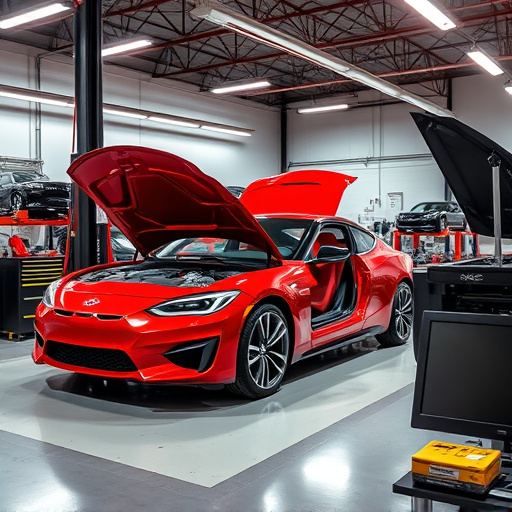
Leasing a Mercedes S-Class demands stringent collision repair standards to maintain its safety, qual…….
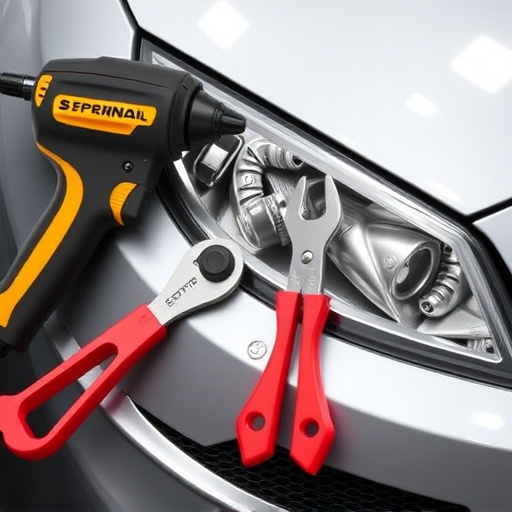
Mercedes S-Class collision repair requires skilled technicians using advanced equipment to precisely…….
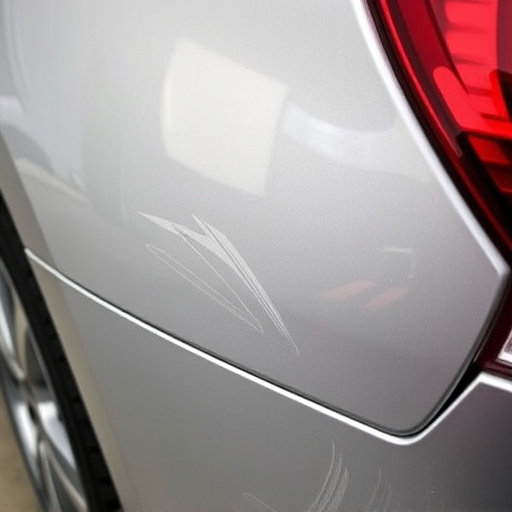
Mercedes S-Class collision repair prioritizes accurate damage assessment using advanced tools to ide…….
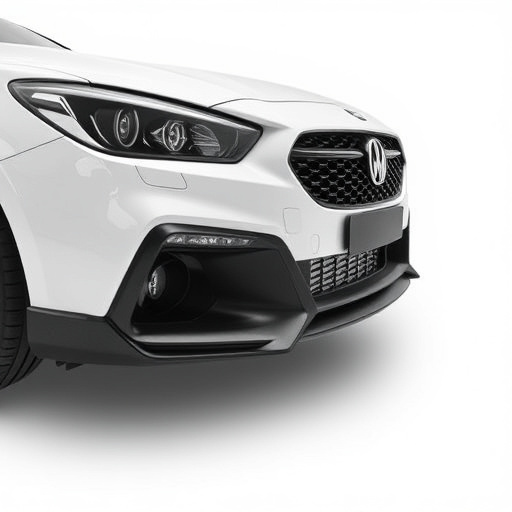
Mercedes S-Class collision repair demands specialized techniques and advanced equipment to preserve…….

Mercedes S-Class collision repair demands strict adherence to OEM specifications for structural inte…….
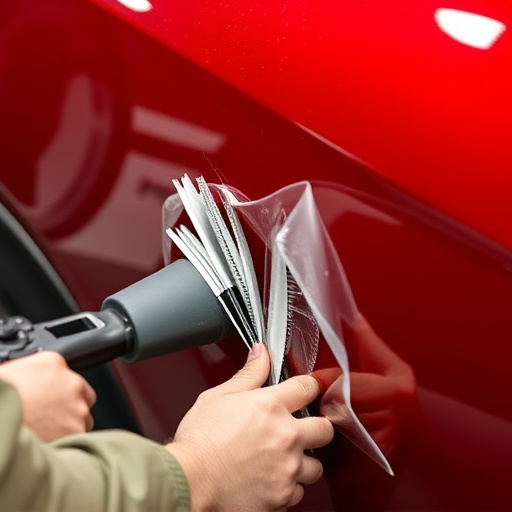
Mercedes S-Class collision repair demands expert knowledge and precision to restore both structural…….
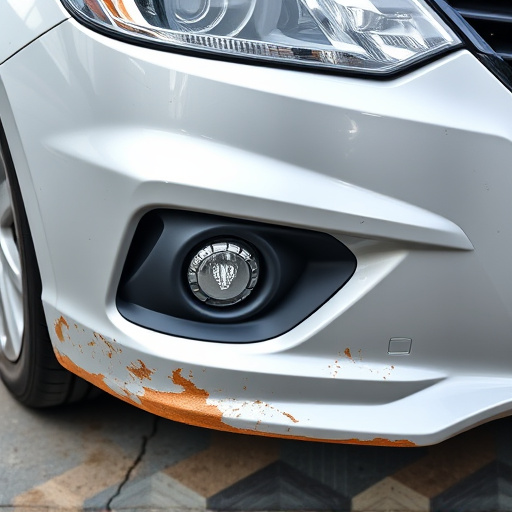
Mercedes S-Class collision repair demands specialized expertise and advanced techniques. Technicians…….
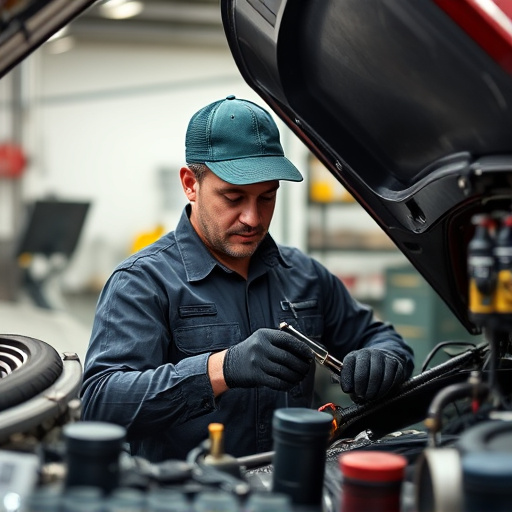
Mercedes S-Class collision repair leverages advanced technology including CAD software and laser wel…….